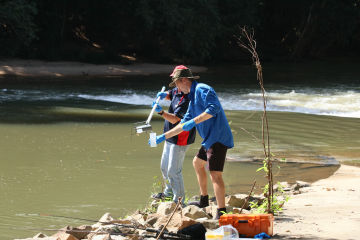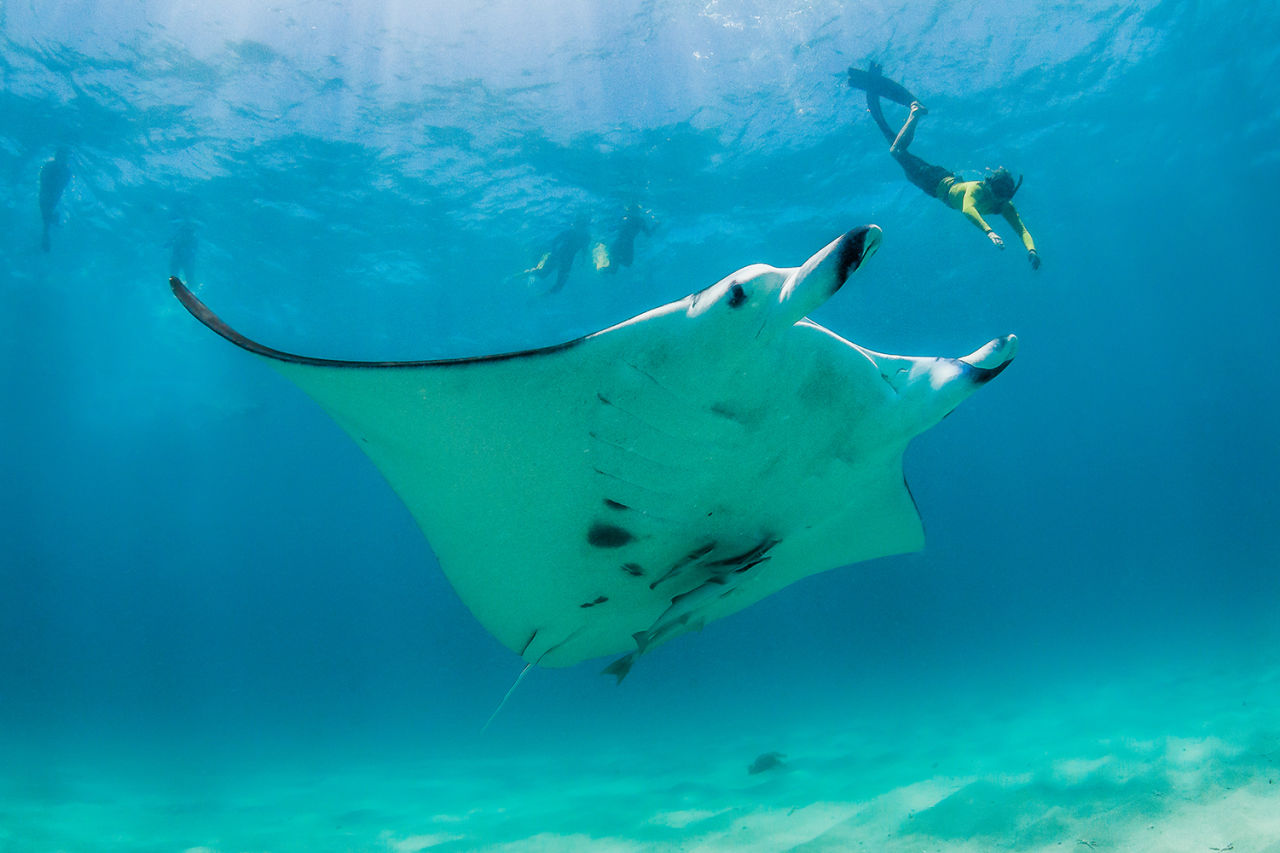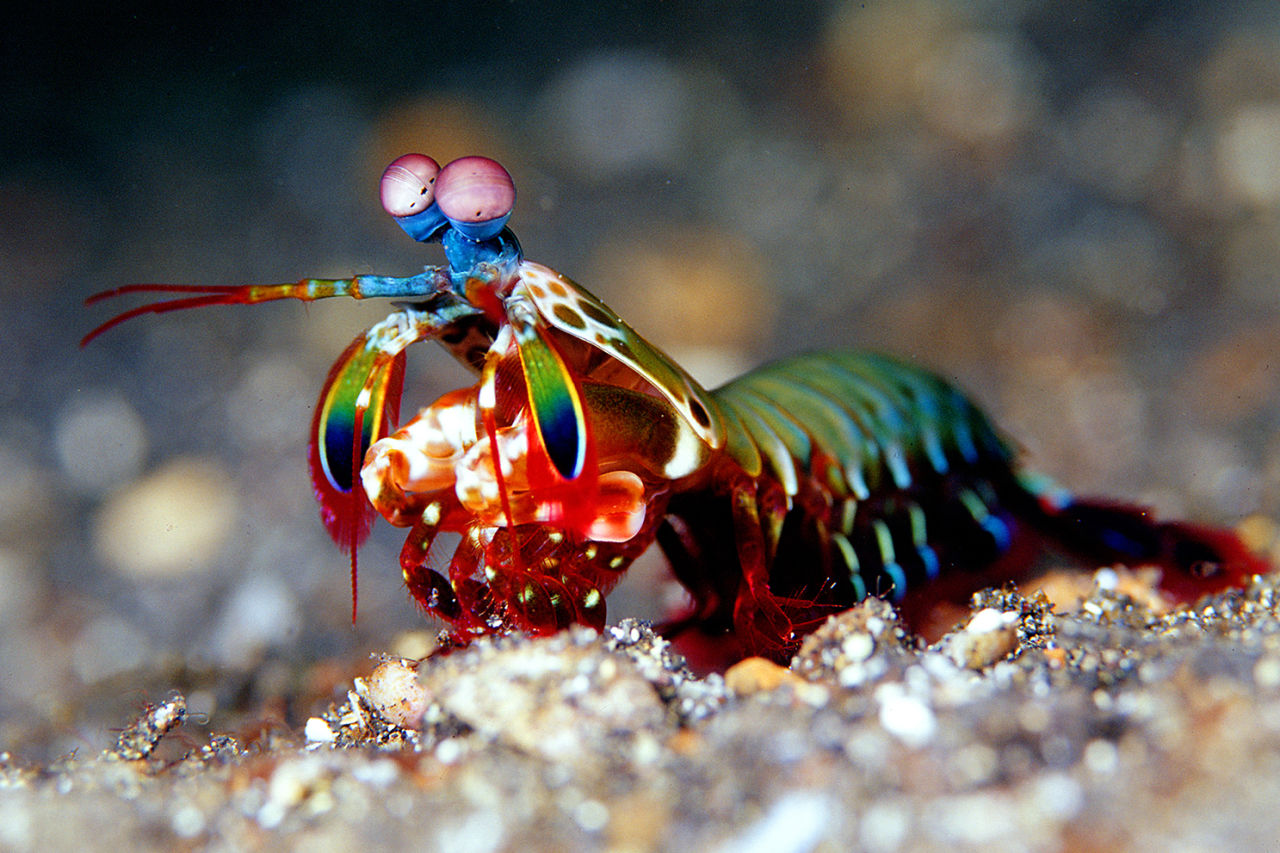Explainers ·
What is biodiversity and why is it so important?
Occupying less than 1% of the ocean floor, coral reefs are home to more than 25% of all marine life. Why is that important?

The Great Barrier Reef is home to some of the most unique creatures on the planet. This natural wonder boasts over 1,600 species of fish, over 600 species of corals and a plethora of other marine creatures including six of the world’s seven species of sea turtle.
Visitors to our Reef can experience the pure joy of swimming with turtles, snorkelling with manta rays and diving down into a bustling underwater world teeming with life.
A diverse and healthy Reef entices tourists and supports the livelihoods of local communities, but the need for biodiversity runs so much deeper than that. Biodiversity is essential to the Reef’s resilience and ability to thrive in the face of environmental challenges like climate change.
#What is biodiversity?
In its simplest form, biodiversity is the number and variety of different species an ecosystem supports. That said, biodiversity encompasses not just the diversity of species, but the assortment of genetic variations and their complex interactions with the environment. In other words, it describes the variety and variability of all life forms within an ecosystem.
Another way to think about biodiversity is to examine the important role each individual organism plays in the environment. On coral reefs, all living creatures function together and have important jobs to do to maintain the health and stability of the entire ecosystem.

All living organisms contribute to the health and stability of the Reef.
#Why is biodiversity important to the Great Barrier Reef?
Coral reefs have the highest biodiversity of any ecosystem on Earth — even more than tropical rainforests. For all reefs, this variety is crucial to building resilience in the face of changing conditions and disturbances brought about by climate change and other local threats.
Each species on our Reef has developed a niche role that contributes to ecosystem stability.
Some mantis shrimp for example are capable of creating and modifying their habitats by constructing intricate burrows with multiple chambers to help recycle nutrients, aid ventilation and enhance water circulation.
Hammerhead sharks and other apex predators help keep populations of prey in check, preventing overgrazing and allowing coral populations to thrive.
Even the sea cucumber has a critical role to play. It eats and defecates sand to counteract the negative effects of ocean acidification, and researchers believe they could be key players in combating the devastating effects of climate change.
Other species have mutually beneficial relationships with each other. Clownfish seek a protective home within anemones’ stinging tentacles and, in return, the fish clean their host anemone of parasites, provide a source of nitrogen for growth and help circulate the water.
#Why do we need to protect the biodiversity of our coral reefs?
The Great Barrier Reef is a global icon. Its beauty and complexity comes from the staggering biodiversity of life that exists within its waters. Protecting the Reef's biodiversity is not just an environmental endeavour; it's a responsibility we owe to future generations.
Cutting-edge conservation efforts are crucial to safeguard the Great Barrier Reef's biodiversity. That’s why we’re delivering breakthroughs in marine and terrestrial restoration, paving the way for blue carbon and biodiversity credit markets, improving how we monitor and protect the Reef and harnessing the unique role local communities and First Nations Peoples play in conservation.
#How can we protect biodiversity?
In the face of climate change, we must understand, measure and monitor the Reef biodiversity we have and stand to lose, so that we can drive investment into targeted actions to mitigate the decline.
Measuring biodiversity is inherently complex, and even more so in a huge, interlinked system like the Great Barrier Reef. We have been working with our partners on identifying and quantifying indicators that can help assess the drivers of biodiversity, for example by using relationships between the extent and condition of corals, and fishes. These measures might then be used to predict climate change impacts on broader “biodiversity” and, conversely, assess the effectiveness of restoration and conservation actions in mitigating those future impacts. Such “biodiversity accounting” approaches can help guide decisions on the most critical conservation and restoration actions, and can underpin financial instruments that drive investment to scale up these interventions.
While dozens of biodiversity accounting methods have been developed in Australia for land ecosystems like forests and wetlands, none yet exist for coral reefs. The partnership between the L’Oréal Fund for Nature Regeneration and the Great Barrier Reef Foundation, in collaboration with the Australian Institute of Marine Science, is now driving the first initiative to develop a biodiversity accounting method for coral reefs, based on decades of cutting-edge reef restoration science.
#Related

Explainers ·
What is coral spawning?

Explainers ·
Uncovering hidden species with eDNA

Explainers ·
Why do humpback whales migrate?

Explainers ·




